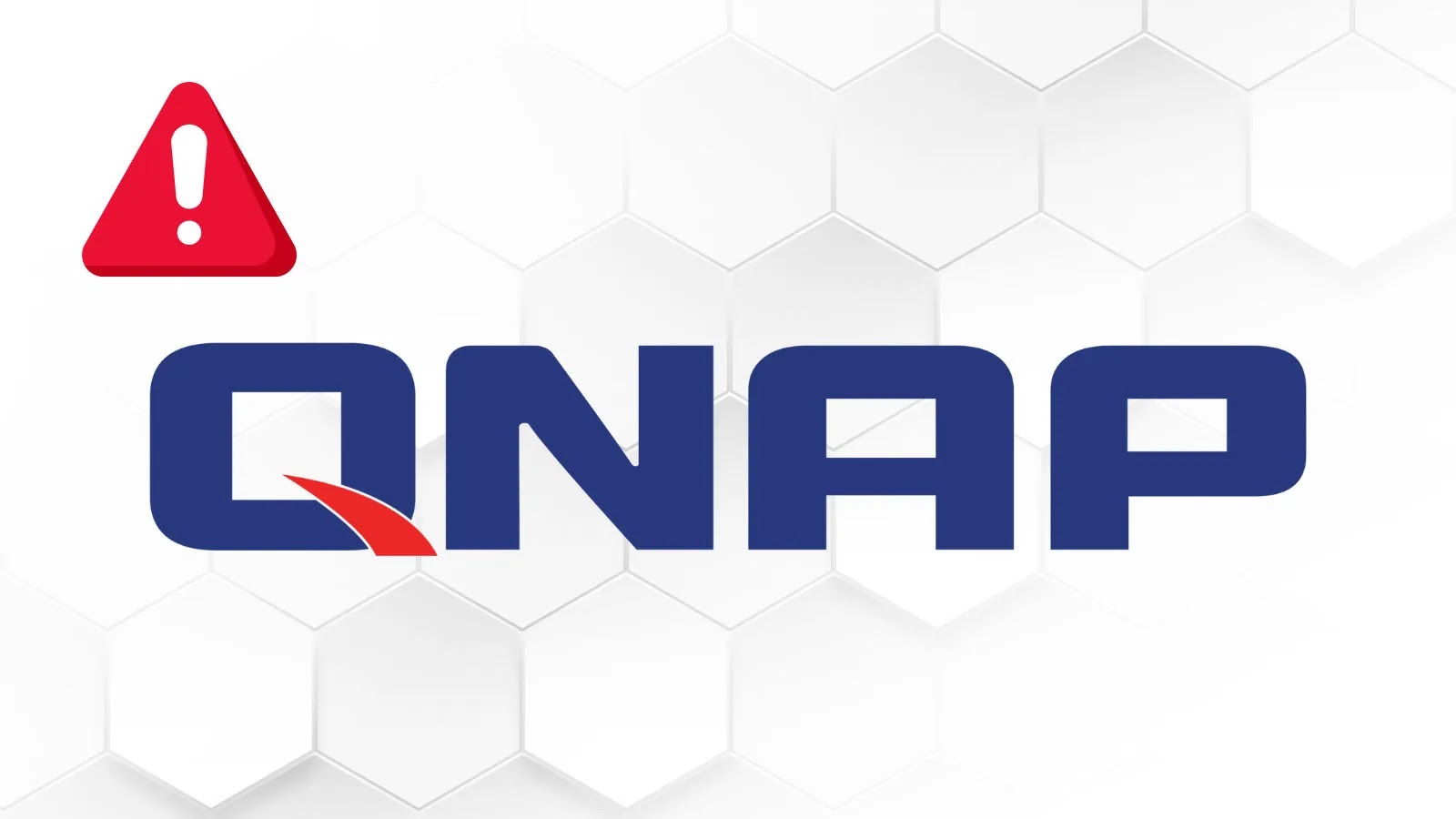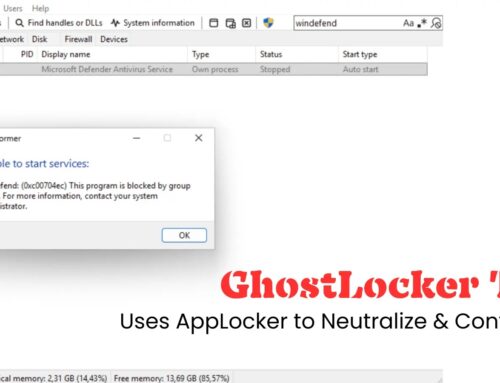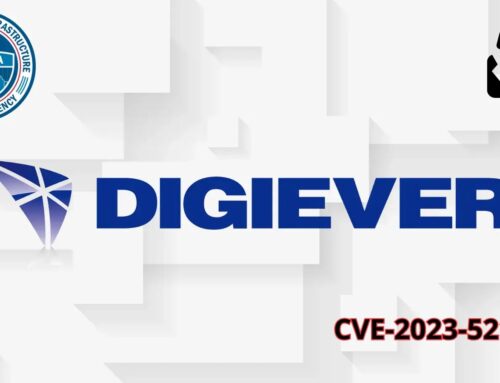
Critical .NET Vulnerability Lets Attacker Bypass Security in QNAP Backup Software
A silent threat often lurks behind the scenes of critical infrastructure. Recently, Microsoft brought to light a significant vulnerability within ASP.NET Core that could dismantle security measures in widely used applications. This flaw, particularly concerning for users of Network Attached Storage (NAS) solutions, highlights the continuous need for vigilance and timely patching in the realm of cybersecurity.
QNAP, a prominent provider of NAS devices, has been swift in issuing guidance following this disclosure. This blog post delves into the specifics of this critical .NET vulnerability, its potential impact on QNAP backup software, and, most importantly, the proactive steps you can take to safeguard your systems.
Understanding CVE-2025-55315: The ASP.NET Core Vulnerability
Disclosed on October 24, 2025, under the identifier CVE-2025-55315, this critical vulnerability resides in ASP.NET Core. Its core mechanism is rooted in HTTP Request Smuggling, categorized as CWE-444. HTTP Request Smuggling itself is a sophisticated attack technique where an attacker manipulates the content-length or transfer-encoding headers in an HTTP request to trick a web server or reverse proxy into misinterpreting the boundaries between requests. This can lead to a variety of severe consequences, including:
- Request Hijacking: An attacker can prepend their own malicious requests to legitimate ones.
- Cache Poisoning: Forcing a proxy to cache malicious content that is then served to unsuspecting users.
- Bypassing Security Controls: Skipping authentication, authorization, or other critical security checks.
In the context of ASP.NET Core, an attacker exploiting CVE-2025-55315 could bypass intended security authentications or authorization checks. This means that access restrictions, which are fundamental for protecting sensitive data and functionalities, could be circumvented, granting unauthorized access to critical resources.
Impact on QNAP Backup Software
QNAP’s extensive suite of backup software and NAS operating systems often relies on underlying .NET components for various functionalities, including web interfaces, API interactions, and data management. When a critical flaw like CVE-2025-55315 emerges in these foundational components, applications built upon them become inherently vulnerable.
Specifically, the HTTP Request Smuggling aspect could allow an attacker to craft malicious requests that appear legitimate to the QNAP backup software. This could lead to:
- Unauthorized Data Access: Gaining access to backup files, configuration settings, or sensitive information stored on the NAS.
- Malicious Command Execution: Injecting commands that could manipulate, corrupt, or even delete backups.
- Service Disruption: Disrupting the normal operation of backup services, leading to data loss or unavailability.
- Privilege Escalation: Bypassing existing access controls to gain higher privileges within the system.
The severity of this impact underscores why QNAP has issued urgent guidance. Systems relying on outdated .NET components are at particular risk, highlighting the importance of regular software updates.
Remediation Actions for QNAP Users and Developers
Addressing CVE-2025-55315 requires prompt and thorough action. Here’s what QNAP users, system administrators, and developers should do:
- Update ASP.NET Core and .NET Runtimes: The primary and most critical step is to update all ASP.NET Core installations and underlying .NET runtimes to the latest patched versions. Microsoft regularly releases security updates, and applying these is paramount.
- Monitor QNAP Advisories: QNAP has been proactive in releasing guidance. Regularly check the official QNAP security advisory page for specific firmware updates, security patches, or mitigation steps applicable to your NAS models and installed backup software.
- Patch All Affected Applications: Any custom applications, third-party tools, or services running on your QNAP NAS that utilize ASP.NET Core should be reviewed and updated if they are built on vulnerable .NET versions.
- Implement Robust Network Segmentation: While patching is key, network segmentation can act as an additional layer of defense. Isolate your NAS devices from less trusted networks where possible.
- Review and Harden Web Server Configurations: Ensure your web server (e.g., Nginx, Apache, or directly served ASP.NET applications) is configured to strictly handle HTTP headers, potentially mitigating some aspects of HTTP Request Smuggling. Consult official documentation for recommended secure configurations.
- Enable and Monitor Web Application Firewalls (WAFs): WAFs can provide an additional layer of protection by detecting and blocking malformed requests indicative of HTTP Request Smuggling attacks.
- Regular Security Audits: Periodically audit your QNAP NAS and associated applications for vulnerabilities and misconfigurations.
Tools for Detection and Mitigation
While direct patching is the most effective solution, several tools can assist in detecting vulnerabilities or monitoring for suspicious activity related to HTTP Request Smuggling.
| Tool Name | Purpose | Link |
|---|---|---|
| OWASP ZAP | Web application security scanner, can detect certain types of HTTP Smuggling vulnerabilities. | https://www.zaproxy.org/ |
| Burp Suite | Integrated platform for performing security testing of web applications, including advanced HTTP request manipulation. | https://portswigger.net/burp |
| Nessus | Vulnerability scanner capable of identifying outdated software components, including .NET versions. | https://www.tenable.com/products/nessus |
| Snort / Suricata | Intrusion Detection/Prevention Systems (IDS/IPS) for network traffic analysis and signature-based detection of malicious requests. | https://www.snort.org/ |
Protecting Your Data: A Continuous Effort
The disclosure of CVE-2025-55315 serves as a compelling reminder of the intricate dependencies in modern software stacks. A vulnerability in a foundational framework like ASP.NET Core can ripple through countless applications, putting critical data at risk. For users and administrators of QNAP backup software, staying informed and acting swiftly to apply patches is non-negotiable. Proactive security management, which includes diligent patching, continuous monitoring, and adherence to security best practices, remains the most effective defense against evolving cyber threats.





